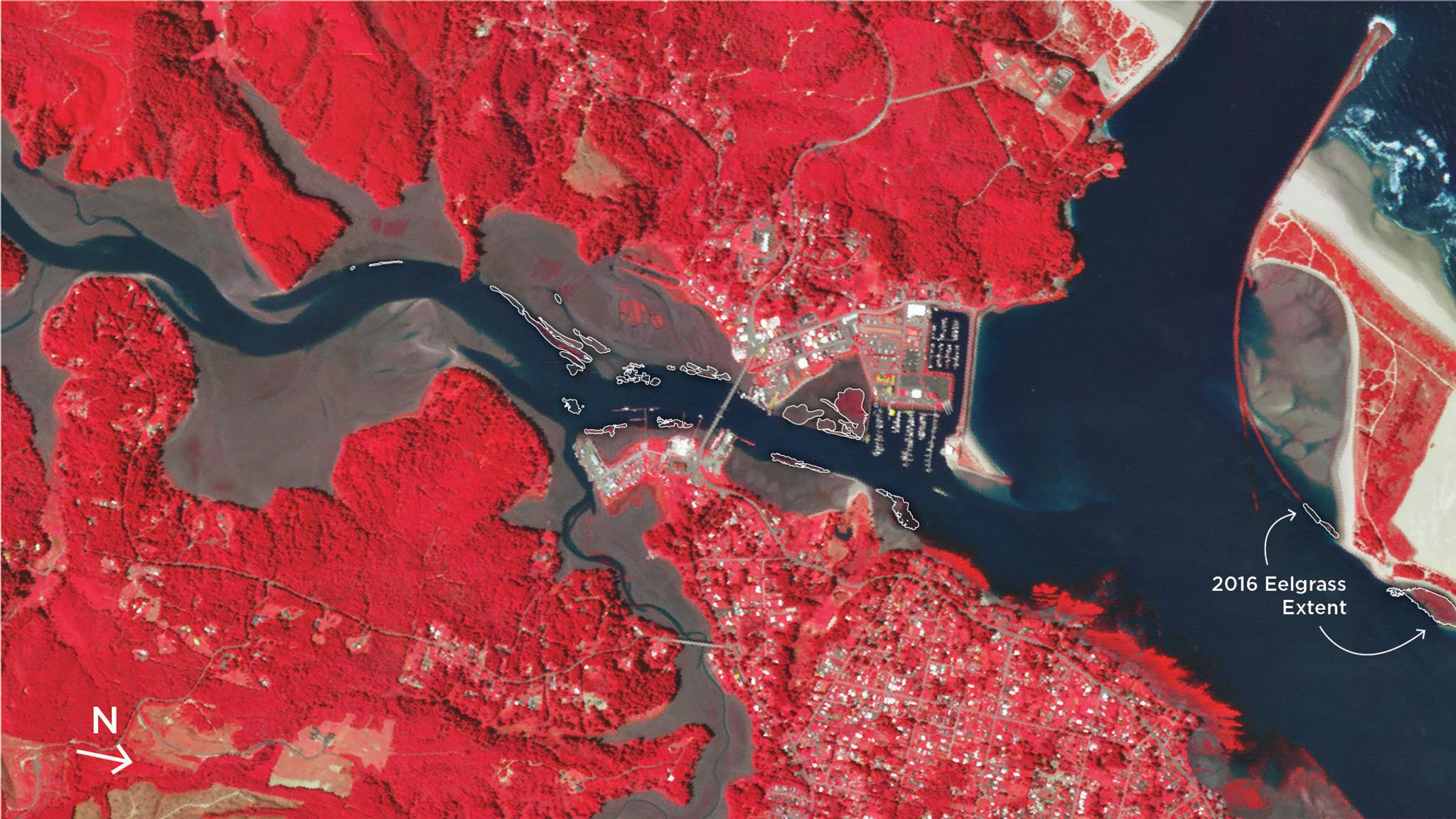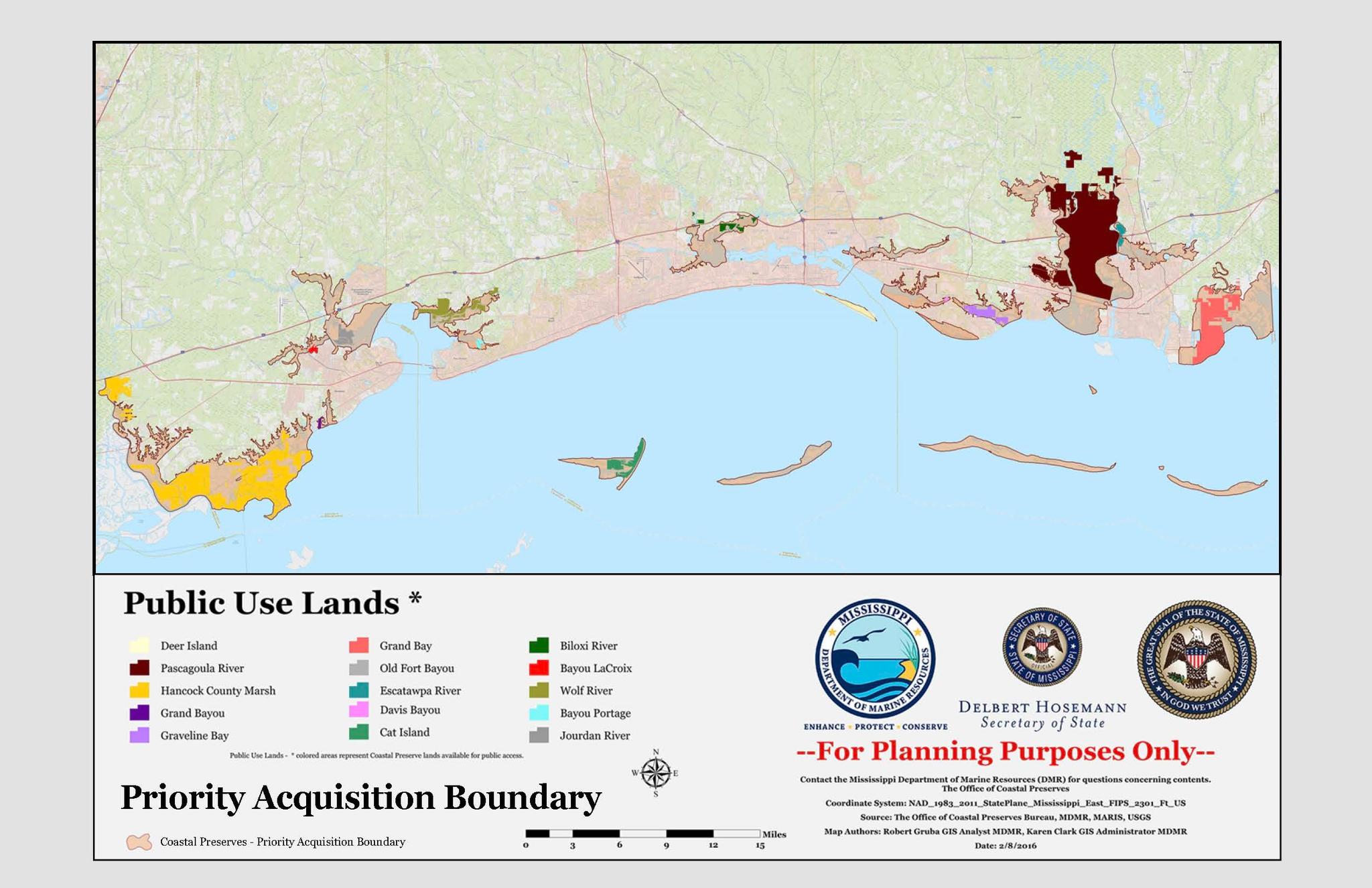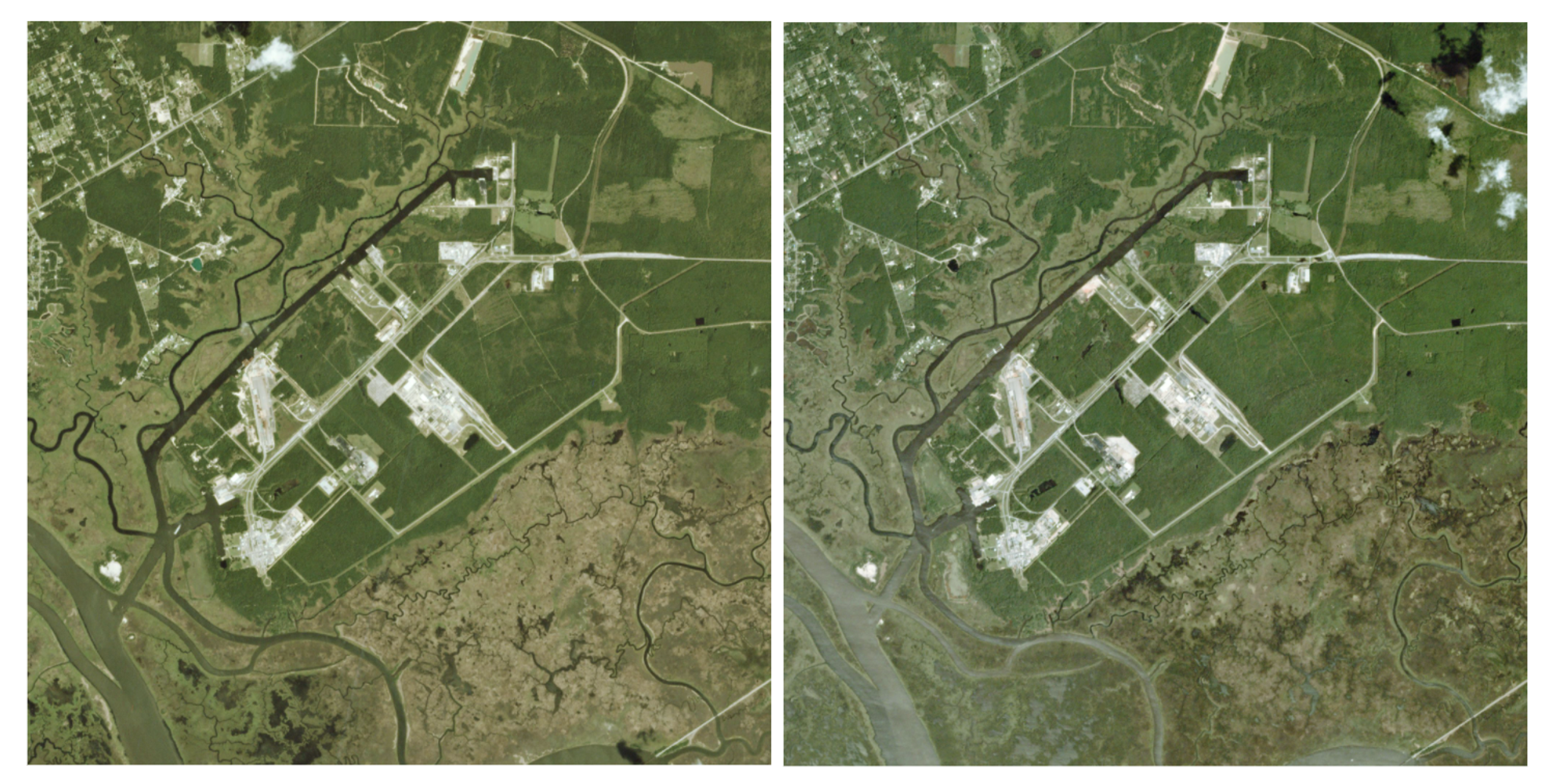Monitoring Coastal Habitats That Support Local Communities and Diverse Ecosystems

Jackson Landing coastal region, Mississippi, USA © 2020, Planet Labs Inc. All Rights Reserved.
StoriesCoastal marshes and wetlands are key to supporting the health and productivity of the surrounding communities and their marine habitats. Strong aquatic ecosystems support local fishing industries and improve water quality for safe recreation. They also serve as “blue carbon” sinks and promote coastal resilience against flooding and erosion. But as climate change and human activity put greater strain on these systems, officials are looking to new solutions to monitor and reduce the loss of aquatic biodiversity and wildlife. [caption id="attachment_148075" align="aligncenter" width="1921"]




Ready to Get Started
Connect with a member of our Sales team. We'll help you find the right products and pricing for your needs

